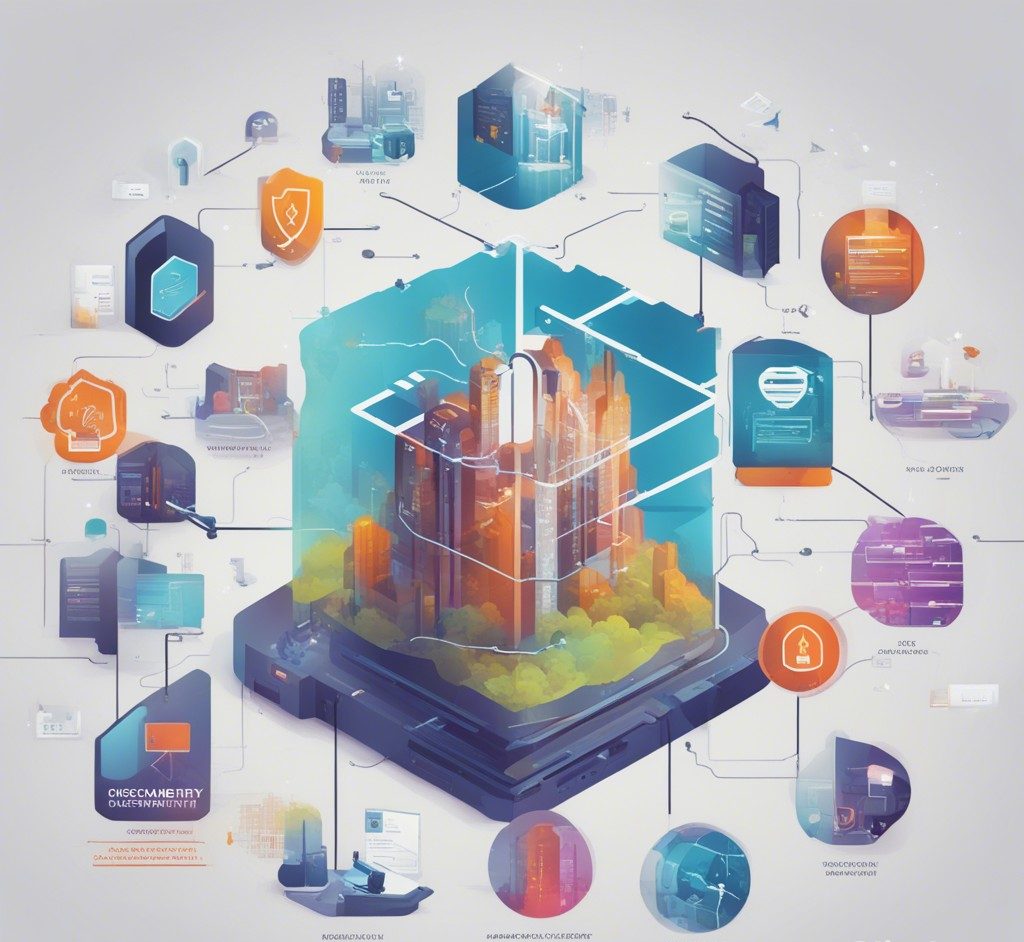In today’s interconnected world, where we rely heavily on digital technology, understanding the potential cybersecurity threats that lie ahead is crucial. As we step into 2023, cybercriminals are becoming more sophisticated, and new threats are emerging. This blog post aims to provide you with a clear and non-technical overview of five cybersecurity threats you need to be aware of in the coming year.
1. Ransomware Attacks are on the Rise
Imagine waking up one day to find all your important files locked, and a message demanding a ransom to unlock them. This is the nightmare scenario of a ransomware attack. In 2023, these attacks are expected to continue growing. Cybercriminals use ransomware to encrypt your files and demand payment (usually in cryptocurrency) for the decryption key. To protect yourself, regularly back up your data, keep your software updated, and be cautious of suspicious emails and links.
2. Phishing Attacks Remain a Top Concern
Phishing attacks are like digital scams where cybercriminals trick you into revealing sensitive information like passwords or credit card numbers. They often masquerade as trustworthy entities through email or messages. In 2023, phishing attacks will remain a significant threat. Be cautious of unsolicited requests for personal information and double-check the legitimacy of emails and links.
3. The Internet of Things (IoT) Brings New Risks
Our homes are becoming smarter with IoT devices like smart thermostats, cameras, and voice assistants. However, these devices can be vulnerable to cyberattacks. In 2023, IoT security challenges will continue to grow. To protect your smart devices, change default passwords, update firmware regularly, and segment your IoT devices from your main network.
4. Supply Chain Attacks Target Trusted Software
Cybercriminals are increasingly targeting software providers and vendors to compromise the products and services used by countless organizations. In 2023, supply chain attacks will be a top concern. While you may not have direct control over your software vendors, stay informed about their security practices and promptly apply any patches or updates.
5. Artificial Intelligence (AI) in Cyberattacks
While AI can be a powerful tool for cybersecurity, cybercriminals are also using AI to enhance their attacks. AI can help attackers find vulnerabilities and automate attacks, making them more efficient and harder to detect. In 2023, AI-driven attacks will become more prevalent. To defend against AI-driven threats, rely on AI-powered security solutions, and stay vigilant for unusual patterns in your network.
Conclusion: Stay Informed and Vigilant
Cybersecurity is a shared responsibility, and staying informed about potential threats is the first step in protecting yourself and your digital life. In 2023, these five cybersecurity threats—ransomware, phishing, IoT vulnerabilities, supply chain attacks, and AI-driven attacks—are expected to be significant challenges. By staying vigilant, practicing good cyber hygiene, and educating yourself about these threats, you can better protect your digital assets and personal information.
Stay tuned for more practical cybersecurity tips and insights as we navigate the digital landscape of 2023.
